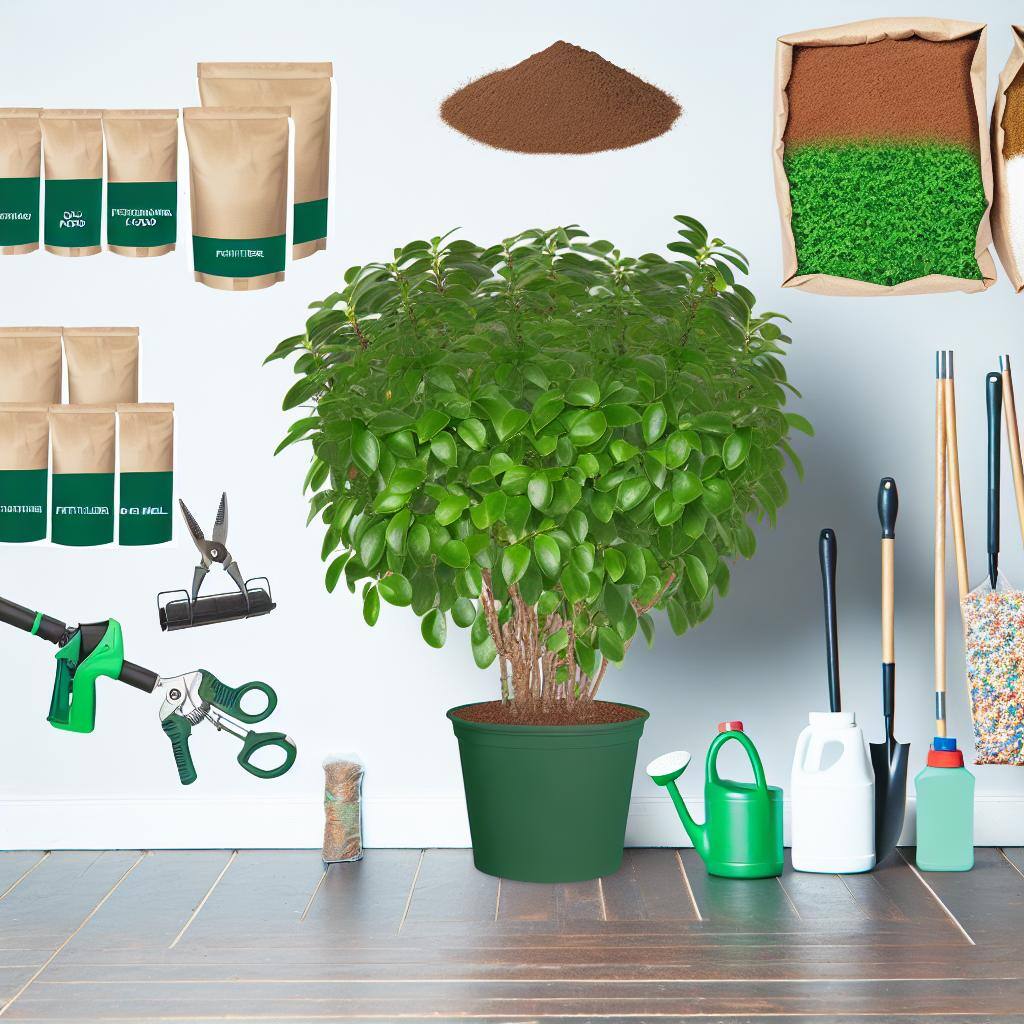Unlock the secrets to thriving plants by understanding the crucial aspects of plant and soil health.
The Ultimate Guide to Fertilizing Indoor Plants

Unlock the secrets to thriving indoor plants with expert fertilization tips.
Decoding the Mystery of Houseplant Fertilizers
Fertilizing houseplants might seem like a complex science, but it's actually quite straightforward once you understand the basics. Houseplant fertilizers come in various forms such as liquid, granules, and spikes, each with their own set of benefits and application methods. It's essential to comprehend the N-P-K ratio listed on fertilizers, which represents the proportion of nitrogen (N), phosphorus (P), and potassium (K) - crucial nutrients that support leafy growth, root development, and overall plant health, respectively.
mhmm
/
Understanding the specific needs of your indoor plants is the first step in decoding the mystery of fertilization. Different plants have varying nutrient requirements, and it's important to tailor your fertilization strategy accordingly. Over-fertilization can be as harmful as under-fertilization, leading to nutrient burn or growth issues. Therefore, it's crucial to follow the recommended rates and schedules for each plant species.
Timing is Everything: When to Fertilize Your Indoor Garden
The timing of fertilization is critical for the well-being of your indoor garden. Generally, plants should be fertilized when they are in their active growth phase, which for most houseplants occurs during the spring and summer months. During this period, plants are more receptive to nutrients and are likely to use them effectively for growth and development.
It's important to reduce or even stop fertilizing in the fall and winter when many plants enter a dormant phase. Applying fertilizer when a plant is not actively growing can lead to a build-up of salts in the soil, which can damage the root system. Always observe your plants' growth patterns and adjust your fertilization schedule to match their natural cycles.
Choosing the Right Fertilizer for Your Indoor Plants
Selecting the appropriate fertilizer for your indoor plants can make all the difference in their health and appearance. Organic fertilizers, such as fish emulsion or seaweed extract, provide a slow-release of nutrients and improve soil health. In contrast, synthetic fertilizers offer a quick nutrient boost and are available in balanced formulations that cater to a wide range of plants. /
Consider the specific needs of your plants when choosing a fertilizer. Some plants like succulents require a formula with lower nitrogen content to avoid excessive leaf growth at the expense of flower development. Others, like foliage plants, benefit from a higher nitrogen concentration to promote lush, green leaves. Always read the product labels and follow the instructions to ensure the correct application.
The Art of Application: How to Fertilize for Optimal Growth
Proper application of fertilizer is an art that can significantly influence your plants' health. When using liquid fertilizers, dilute them as directed to avoid over-concentration. Apply the solution evenly across the soil to reach the entire root system. For granular fertilizers, sprinkle them around the base of the plant and gently work them into the top layer of soil, being careful not to damage the roots.
When using spikes or slow-release fertilizers, insert them into the soil at the recommended depth and distance from the plant base. This method ensures a steady supply of nutrients over time. Additionally, it's important to water your plants after fertilizing to help distribute the nutrients throughout the soil and prevent root burn.
Common Fertilizing Mistakes and How to Avoid Them
Even experienced gardeners can make mistakes when it comes to fertilizing their indoor plants. One of the most common errors is over-fertilizing, which can lead to nutrient toxicity, poor plant growth, and in severe cases, death of the plant. To avoid this, use fertilizers sparingly and only when necessary.
Another mistake is using the wrong type of fertilizer for a particular plant, which can result in imbalanced nutrition and suboptimal growth. Always research or consult a professional about the best fertilizer options for your specific plants. Lastly, neglecting to follow the manufacturer's instructions can also lead to issues. Adhering to the recommended application rates and schedules is essential for the health of your indoor garden.